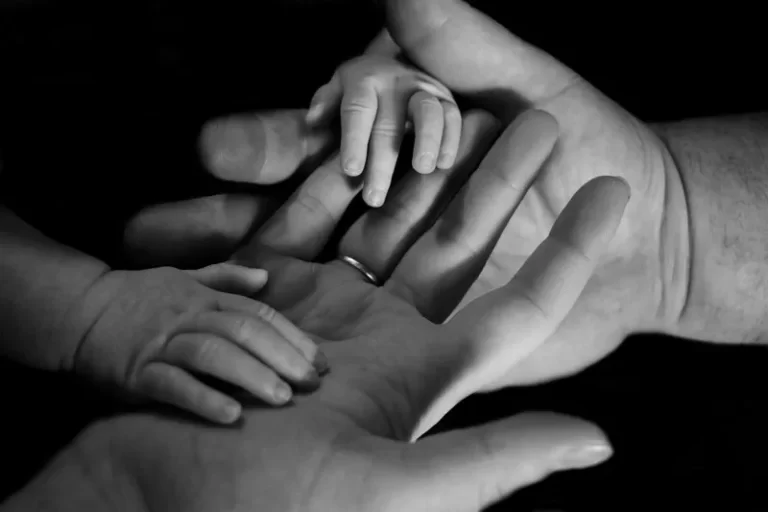Table of Contents
- Introduction
- The Sociological Lens on Reproduction
- Historical Context of Abortion Rights
- Global Inequalities in Reproductive Access
- Contemporary Debates and Political Polarization
- Intersectionality and Reproductive Justice
- Technological Change and Bioethical Challenges
- Conclusion: The Sociological Imperative
Introduction
Abortion and reproductive rights are critical and often contested aspects of modern sociopolitical life. These issues intersect with gender, power, class, religion, race, and bioethics, raising profound sociological questions. Understanding abortion and reproductive rights from a sociological perspective involves examining the structures, institutions, and cultural norms that shape access to reproductive healthcare and bodily autonomy. This article aims to unpack these dynamics in a way that is accessible to undergraduate sociology students while also integrating key theoretical insights. Through this lens, students can better grasp how reproductive practices and policies are shaped by larger societal forces.
The Sociological Lens on Reproduction
Reproduction is not simply a biological function; it is also deeply social. The control, regulation, and framing of reproductive practices reflect broader societal structures and ideologies. Sociologists analyze how reproductive rights are embedded in historical and contemporary power relations, exploring how norms, values, institutions, and political economies shape who can reproduce, when, and under what conditions.
Reproduction as a Social Institution
Reproduction is organized through multiple institutions including the family, the medical establishment, religious organizations, the state, and the market. Each of these institutions plays a role in shaping discourses and policies around reproductive rights:
- The family often serves as the primary site of socialization around gender and reproduction, passing down generational values about sexuality, fertility, and motherhood.
- The medical field determines access to reproductive technologies and frames abortion within clinical paradigms, often privileging scientific rationality over experiential knowledge.
- Religious organizations frequently influence moral discourse and policy, shaping national debates and individual choices through doctrines and moral authority.
- The state legislates and enforces access, restrictions, or protections for reproductive choices, often mediating ideological conflict through policy.
- The market affects access through the commodification of reproductive services and pharmaceuticals, creating systems of reproductive consumption based on class privilege.
Each of these institutions is embedded within larger systems of inequality, reinforcing social hierarchies through reproductive governance.
Power, Knowledge, and Bodily Autonomy
Michel Foucault’s concept of biopower is particularly illuminating in this context. Biopower refers to the ways in which institutions exert control over bodies and populations. Abortion debates often reflect this biopolitical logic: who has the authority to decide what happens to a body, and under what circumstances? The struggle over reproductive rights is thus a struggle over sovereignty, autonomy, and the regulation of life itself.
Feminist theorists have extended this analysis, emphasizing how control over reproduction is a form of gendered domination. The ability to choose whether and when to have children is integral to women’s liberation and full participation in public life. Therefore, the regulation of abortion becomes a site where the struggle for gender equality plays out.
Historical Context of Abortion Rights
The history of abortion rights reveals a trajectory marked by contestation, resistance, and shifting cultural norms. In many societies, abortion was historically practiced with varying degrees of regulation, often within the purview of midwives and informal healthcare systems. The transition to more formal medical and legal oversight in the 19th and 20th centuries reflected broader state interests in population control and social order.
The Criminalization of Abortion
In the late 19th century, many countries moved to criminalize abortion, often under the guise of protecting women but also as a mechanism of state control. These laws were shaped by:
- Medical professionalization, which sought to eliminate midwives and traditional healers, centralizing authority in male-dominated medical institutions.
- Nationalist discourses, which emphasized the need for healthy populations to strengthen the nation-state, especially in the aftermath of war or during periods of perceived demographic decline.
- Gendered ideologies, which positioned women as moral guardians within the domestic sphere, discouraging autonomy and reinforcing patriarchal control.
Criminalization had lasting effects on women’s health, safety, and freedom. It created underground networks, drove unsafe practices, and subjected women to social stigma and legal persecution.
The Reproductive Rights Movement
In the mid-20th century, feminist and civil rights movements began to challenge the criminalization of abortion. Key demands included:
- Legal access to safe abortion.
- Access to contraception and sexual health education.
- Comprehensive sex education in schools.
- The right to refuse sterilization or medical intervention.
These demands were grounded in the principle of bodily autonomy and the belief that reproductive decisions should reside with individuals rather than institutions. Activists framed reproductive freedom as essential not just to individual liberty, but to collective justice, linking it with broader struggles against racism, poverty, and authoritarianism.
Global Inequalities in Reproductive Access
Reproductive rights are unevenly distributed across the globe, reflecting colonial histories, economic disparities, and cultural heterogeneity. While some countries have liberalized their abortion laws, others maintain strict prohibitions. This unevenness raises critical sociological questions about global justice and reproductive stratification.
Reproductive Stratification
The concept of reproductive stratification refers to the ways in which access to reproductive healthcare is structured by social hierarchies. Women of color, poor women, migrant women, and women living in rural areas often face significant barriers to abortion access due to:
- Geographic location (distance from clinics or hospitals).
- Economic constraints (cost of procedures and travel).
- Cultural stigma and misinformation.
- Legal obstacles and punitive policies.
- Language barriers and lack of culturally competent care.
This stratification also extends to transgender and non-binary individuals who seek reproductive healthcare but face discrimination within cisnormative systems.
Reproductive Tourism and Transnational Access
Get the full article AD FREE. Join now for full access to all premium articles.
View Plans & Subscribe Already a member? Log in.





